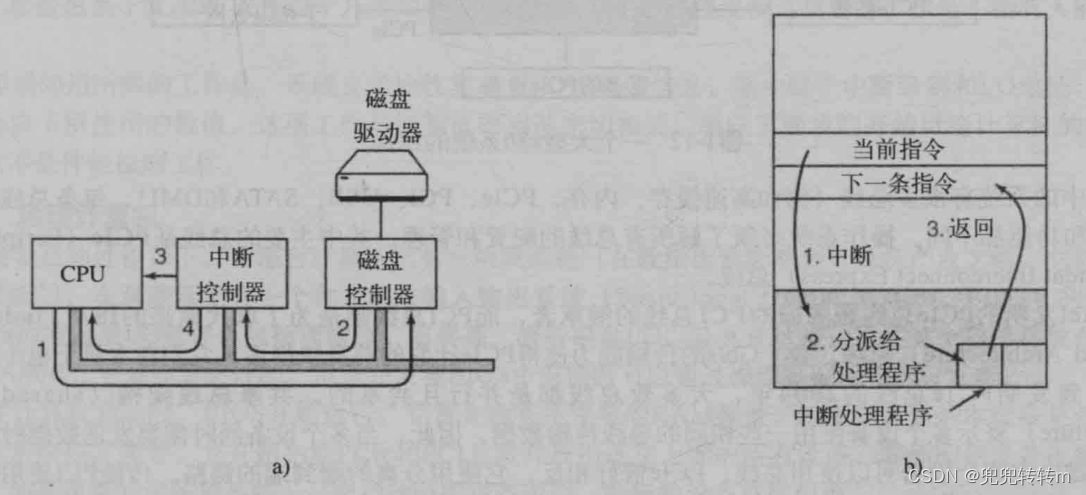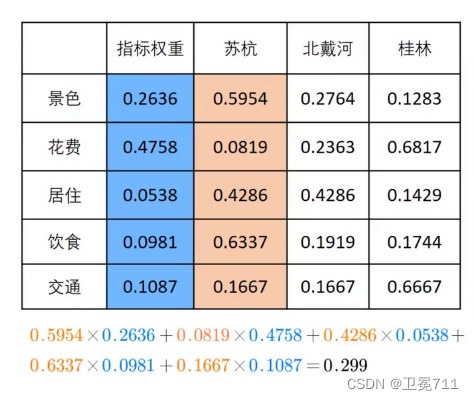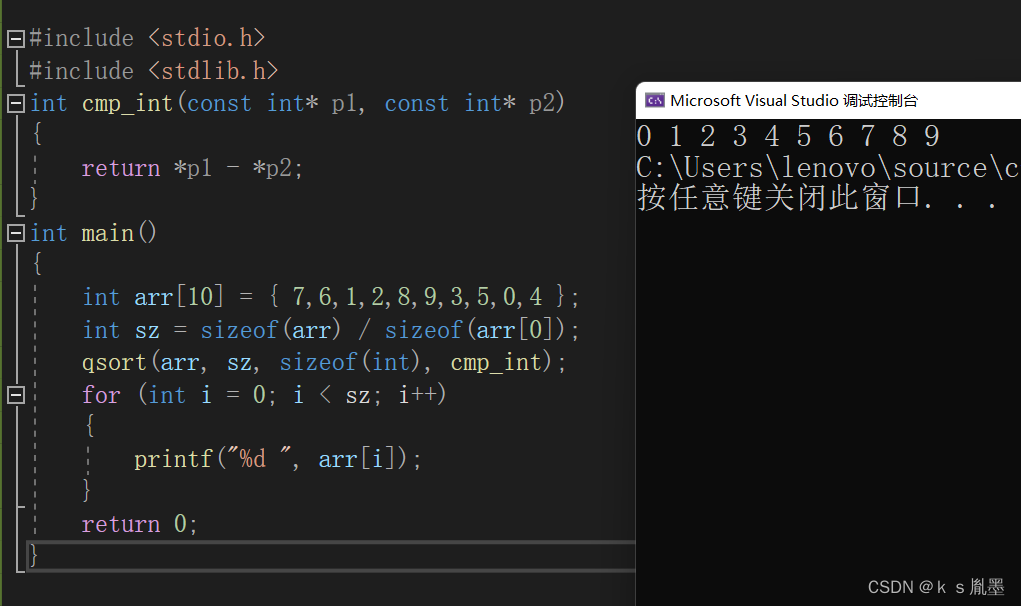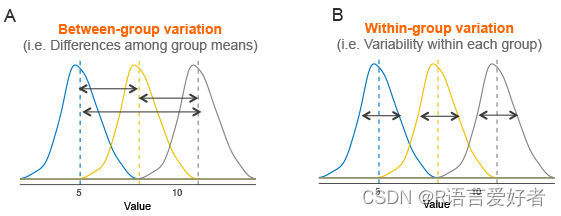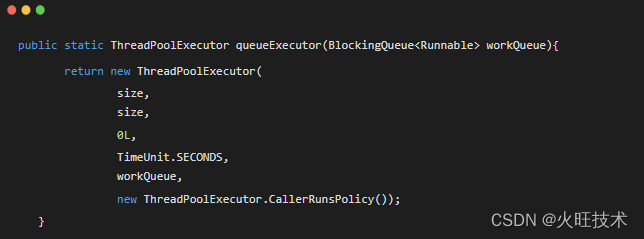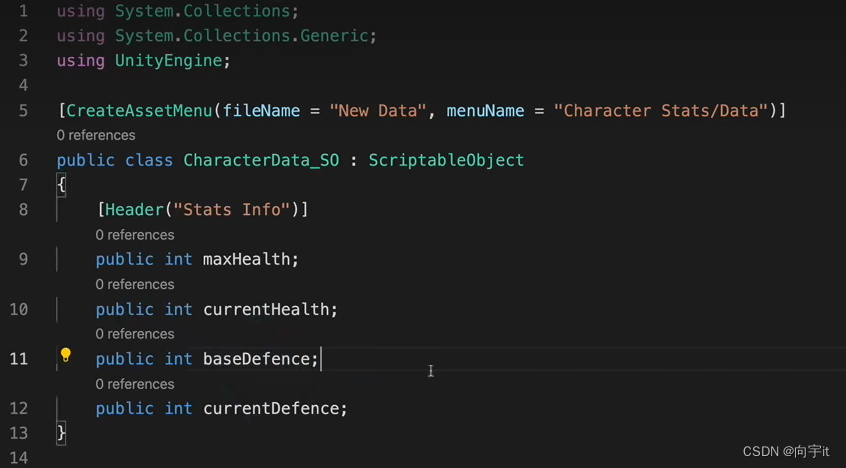
目录
1. 路径交叉 🌟🌟
2. 环形链表 🌟🌟
3. 被围绕的区域 🌟🌟
🌟 每日一练刷题专栏 🌟
Golang每日一练 专栏
Python每日一练 专栏
C/C++每日一练 专栏
Java每日一练 专栏
1. 路径交叉
给你一个整数数组 distance 。
从 X-Y 平面上的点 (0,0) 开始,先向北移动 distance[0] 米,然后向西移动 distance[1] 米,向南移动 distance[2] 米,向东移动 distance[3] 米,持续移动。也就是说,每次移动后你的方位会发生逆时针变化。
判断你所经过的路径是否相交。如果相交,返回 true ;否则,返回 false 。
示例 1:
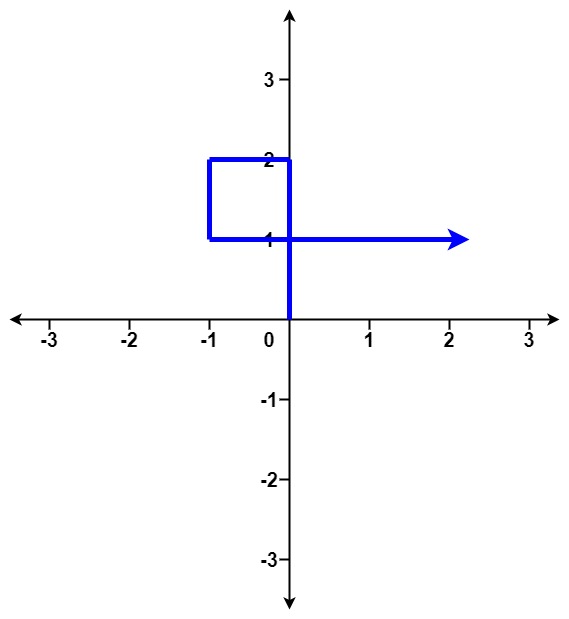
输入:distance = [2,1,1,2] 输出:true
示例 2:
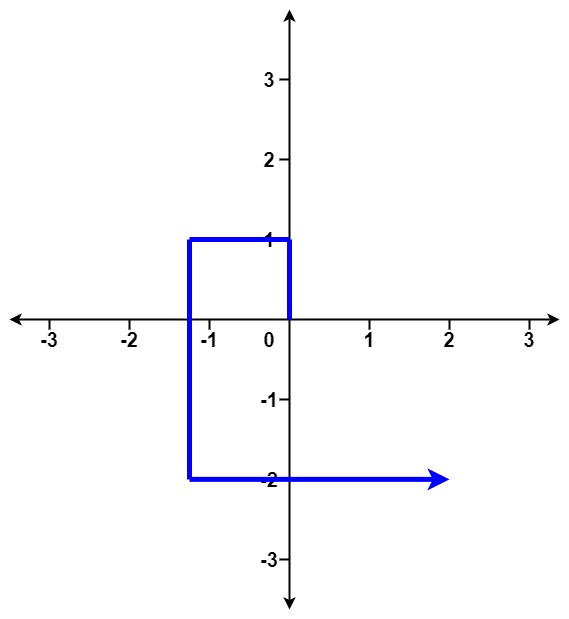
输入:distance = [1,2,3,4] 输出:false
示例 3:
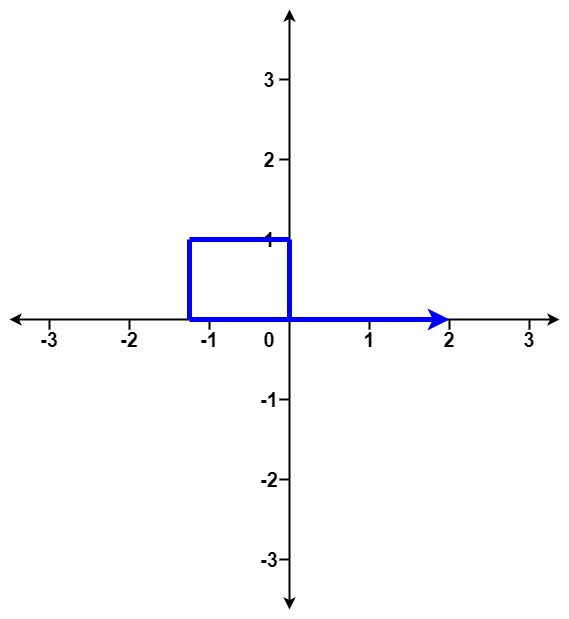
输入:distance = [1,1,1,1] 输出:true
提示:
1 <= distance.length <= 10^51 <= distance[i] <= 10^5
出处:
https://edu.csdn.net/practice/26912042
代码:
class Solution {
public boolean isSelfCrossing(int[] x) {
if (x.length < 4)
return false;
int a = 0, b = 0, c = 0;
int d = x[0], e = x[1], f = x[2];
for (int i = 3; i < x.length; i++) {
a = b;
b = c;
c = d;
d = e;
e = f;
f = x[i];
if (e < c - a && f >= d)
return true;
if (c - a <= e && e <= c && f >= (d - b < 0 ? d : d - b))
return true;
}
return false;
}
}输出:
true
false
true
2. 环形链表
给定一个链表,判断链表中是否有环。
如果链表中有某个节点,可以通过连续跟踪 next 指针再次到达,则链表中存在环。 为了表示给定链表中的环,我们使用整数 pos 来表示链表尾连接到链表中的位置(索引从 0 开始)。 如果 pos 是 -1,则在该链表中没有环。注意:pos 不作为参数进行传递,仅仅是为了标识链表的实际情况。
如果链表中存在环,则返回 true 。 否则,返回 false 。
进阶:
你能用 O(1)(即,常量)内存解决此问题吗?
示例 1:

输入:head = [3,2,0,-4], pos = 1 输出:true 解释:链表中有一个环,其尾部连接到第二个节点。
示例 2:
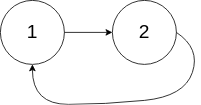
输入:head = [1,2], pos = 0 输出:true 解释:链表中有一个环,其尾部连接到第一个节点。
示例 3:

输入:head = [1], pos = -1 输出:false 解释:链表中没有环。
提示:
- 链表中节点的数目范围是
[0, 10^4] -10^5 <= Node.val <= 10^5pos为-1或者链表中的一个 有效索引 。
出处:
https://edu.csdn.net/practice/26912043
代码:
import java.util.*;
public class hasCycle {
public static class ListNode {
int val;
ListNode next;
ListNode(int x) {
val = x;
next = null;
}
}
public static class Solution {
public boolean hasCycle(ListNode head) {
if (head == null || head.next == null)
return false;
ListNode fast = head.next;
ListNode slow = head;
while (fast != slow) {
if (fast.next == null || fast.next.next == null)
return false;
fast = fast.next.next;
slow = slow.next;
}
return true;
}
}
public static ListNode createRingNodeList(int[] nums, int pos) {
if (nums == null || nums.length == 0) {
return null;
}
ListNode head = new ListNode(nums[0]);
ListNode tail = head;
for (int i = 1; i < nums.length; i++) {
tail.next = new ListNode(nums[i]);
tail = tail.next;
}
if (pos >= 0) {
ListNode p = head;
while (pos > 0) {
p = p.next;
pos--;
}
tail.next = p;
}
return head;
}
public static void main(String[] args) {
Solution s = new Solution();
int[] nums = {3,2,0,-4};
ListNode head = createRingNodeList(nums, 1);
System.out.println(s.hasCycle(head));
int[] nums2 = {1,2};
head = createRingNodeList(nums2, 0);
System.out.println(s.hasCycle(head));
int[] nums3 = {1};
head = createRingNodeList(nums3, -1);
System.out.println(s.hasCycle(head));
}
}输出:
true
true
false
3. 被围绕的区域
给你一个 m x n 的矩阵 board ,由若干字符 'X' 和 'O' ,找到所有被 'X' 围绕的区域,并将这些区域里所有的 'O' 用 'X' 填充。
示例 1:
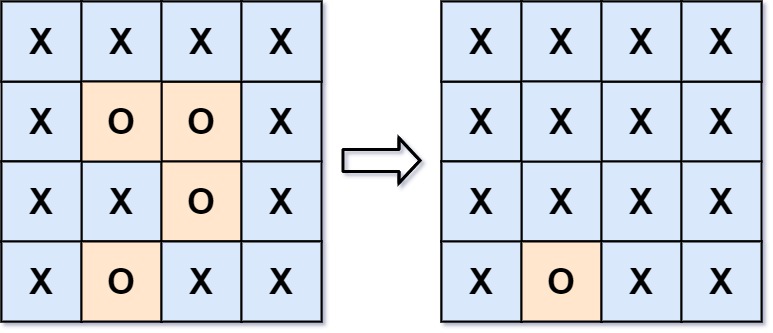
输入:board = [["X","X","X","X"],["X","O","O","X"],["X","X","O","X"],["X","O","X","X"]] 输出:[["X","X","X","X"],["X","X","X","X"],["X","X","X","X"],["X","O","X","X"]] 解释:被围绕的区间不会存在于边界上,换句话说,任何边界上的 'O' 都不会被填充为 'X'。 任何不在边界上,或不与边界上的 'O' 相连的 'O' 最终都会被填充为 'X'。如果两个元素在水平或垂直方向相邻,则称它们是“相连”的。
示例 2:
输入:board = [["X"]] 输出:[["X"]]
提示:
m == board.lengthn == board[i].length1 <= m, n <= 200board[i][j]为'X'或'O'
出处:
https://edu.csdn.net/practice/26912044
代码:
import java.util.*;
import java.util.LinkedList;
public class solve {
public static class Solution {
int[] dx = { 1, -1, 0, 0 };
int[] dy = { 0, 0, 1, -1 };
public void solve(char[][] board) {
int n = board.length;
if (n == 0) {
return;
}
int m = board[0].length;
Queue<int[]> queue = new LinkedList<int[]>();
for (int i = 0; i < n; i++) {
if (board[i][0] == 'O') {
queue.offer(new int[] { i, 0 });
}
if (board[i][m - 1] == 'O') {
queue.offer(new int[] { i, m - 1 });
}
}
for (int i = 1; i < m - 1; i++) {
if (board[0][i] == 'O') {
queue.offer(new int[] { 0, i });
}
if (board[n - 1][i] == 'O') {
queue.offer(new int[] { n - 1, i });
}
}
while (!queue.isEmpty()) {
int[] cell = queue.poll();
int x = cell[0], y = cell[1];
board[x][y] = 'A';
for (int i = 0; i < 4; i++) {
int mx = x + dx[i], my = y + dy[i];
if (mx < 0 || my < 0 || mx >= n || my >= m || board[mx][my] != 'O') {
continue;
}
queue.offer(new int[] { mx, my });
}
}
for (int i = 0; i < n; i++) {
for (int j = 0; j < m; j++) {
if (board[i][j] == 'A') {
board[i][j] = 'O';
} else if (board[i][j] == 'O') {
board[i][j] = 'X';
}
}
}
}
}
public static void main(String[] args) {
Solution s = new Solution();
char[][] board = {{'X','X','X','X'},{'X','O','O','X'},{'X','X','O','X'},{'X','O','X','X'}};
s.solve(board);
System.out.println(Arrays.deepToString(board));
}
}输出:
[[X, X, X, X], [X, X, X, X], [X, X, X, X], [X, O, X, X]]
🌟 每日一练刷题专栏 🌟
✨ 持续,努力奋斗做强刷题搬运工!
👍 点赞,你的认可是我坚持的动力!
🌟 收藏,你的青睐是我努力的方向!
✎ 评论,你的意见是我进步的财富!
☸ 主页:https://hannyang.blog.csdn.net/
 | Golang每日一练 专栏 |
 | Python每日一练 专栏 |
 | C/C++每日一练 专栏 |
 | Java每日一练 专栏 |





